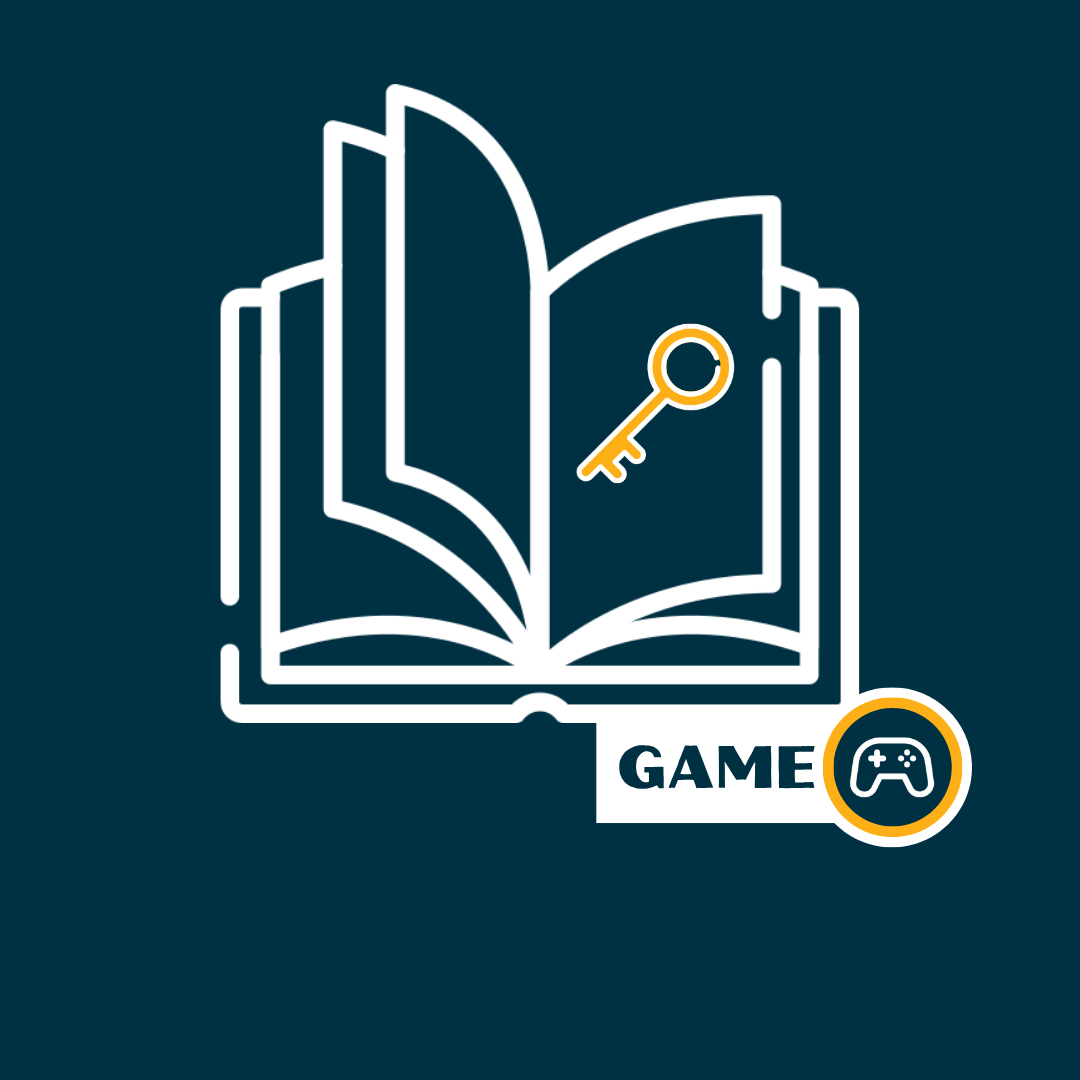Molding Marines: Phase III
Lean, and mean.

Tusk & Quill Co-founder and Editor, Sanjay Lohar, reflects on his time as a recruit at Parris Island, training to become a U.S. Marine.
Read Part I and Part II if you haven't already.
***
Phase 3: Lean, and Mean
“Characteristics of the M-16 are?”
“Sir, characteristics of a M-16 are: keyword LM-GAS! Lightweight, Magazine-fed, Gas-operated, Air-cooled, Shoulder fired; Sir!”
You’ve been on the Island for eight weeks. You’re currently in a shabby hut, surrounded by your platoon of recruits who are all fast asleep in their cots. Lights were turned off over half an hour ago, and despite the exhausting day you just had, you’re still wide awake. The snores and stench of your platoon might have something to do with that.
The morning before last, you woke up earlier than usual and started the march from your recruit squad bay. As your company marched toward the eastern reaches of Parris Island, the rising sun beckoning you along, you began to mentally fortify yourselves. You were headed to Page Field for the Crucible, which would test your limits physically, mentally, and emotionally. It would be a live demonstration of your training. If you pass this test, you will have completed the most grueling part of Marine Corps basic training.
The ditty for the characteristics of the Marine service rifle repeats on an endless loop in your head. You know every scratch and scuff on your rifle. The lighter spots where the anodized aluminum is fading are easy to recall even in the dark. When you slept in your (admittedly comfier) bunk back in your recruit squad bay, you’d gotten into the habit of locking your rifle to the post of your bunk. In this ramshackle hut, your rifle is in your sleeping bag with you. You take care to keep its serial number memorized. There would be hell to pay if it got mixed up with someone else’s, or you couldn’t repeat the serial number back to a DI who asked for it.
Every Marine rifleman ensures that their rifle is in excellent condition, free of any dust, dirt, or carbon. This habit is learned very early in basic training, and even Chesty Puller wouldn’t be able to save the soul of a recruit whose dirty rifle was noticed by a Drill Instructor. The first few lines of the Marine Rifleman’s Creed come to mind.
“This is my rifle. There are many like it, but this one is mine.
My rifle is my best friend. It is my life. I must master it as I must master my life…”
You’re finally understanding why the Drill Instructors, and the Primary Marksmanship Instructor, insisted you clean your rifle before tending to your other gear, or even before eating.
“Weapon, gear, body. Weapon, gear, body. Weapon, gear, body.”
Your weapon must be in fighting condition at all times, so any free time you have needs to be taken to ensure its readiness. You don’t know when you’ll have time to clean it, or lubricate it, or reload magazines.
Then you make sure your gear is in good working condition. Are any stitches on your pack coming undone? Are all the excess straps neatly wrapped up and taped down so you don’t snag on branches on patrol? Is your uniform torn? Are your boot laces still in one piece, or are they fraying and in need of replacing?
Then, after taking care of your rifle and your gear, you can finally eat a meal. Field rations aren’t the best tasting thing around, but they beat going hungry. Take a long drink of water, and make sure you refill it for the next time you’re thirsty. It’s a stretch to call MREs (Meals, Ready to Eat) “food”, but no one ever said Marines are normal.
As you finish silently reciting the Creed to yourself, you doze off to sleep.
“Mission of the Marine Corps rifle squad is?
“Sir, the mission of the Marine Corps rifle squad is to locate, close with, and DESTROY the enemy with fire and maneuver OR to repel the enemy assault by fire and close combat, Sir!”
The next morning begins even earlier than usual, and the DIs are quick to get the platoon moving. You have a quick breakfast and begin an administrative movement back onto Page Field, with its seemingly endless strips of pavement. Once an active airfield, it’s long since been decommissioned.
Now recruits patrol to and fro, learning the formations that Marine riflemen use in combat patrols. You don’t quite understand all of them, but you know that a diamond is best used for wide open spaces and the column is best used for quick movements.
You’ve been placed into a squad with a number of recruits from your platoon, with a DI assigned to ensure you stay on track. Together, you patrol to various stations, with the landing strips of Page Field as your highways. The day is hot, and all of your gear and rifle make it even hotter.
Each station of the Crucible challenges you and your squad. Whether it’s testing a recruit’s ability to formulate a plan to overcome an obstacle under stress (demonstrating leadership qualities), or trusting that your buddies can carry you to safety from a simulated injury, each obstacle builds confidence in yourself and your squad to get the mission accomplished. Your DI has been surprisingly calm while you’re at the Crucible, even sitting with you in the shade while you eat lunch.
Most of the stations are named after a prominent Marine, many being recipients of the highest decorations of valor the US military has to offer. At Lehew’s Challenge, you stand at attention as the Navy Cross citation is read out loud for Gunnery Sergeant Justin LeHew, the Hero of Nasiriyah.
The obstacle before you, named after him, is LeHew’s Challenge. Your squad has to work together to climb over a beam that is elevated eight feet off the ground, and get medical supplies over the same beam, all within 20 minutes. Gunnery Sergeant LeHew had saved many lives in Nasiriyah, not just by engaging in combat but also by maneuvering his Marines into position to provide covering fire while also delivering medical supplies and aid to the wounded American service members. Your squad formulates a plan and gets to work, and the obstacle is cleared with plenty of time to spare.
While LeHew’s Challenge tested planning and teamwork, the Stairway to Heaven is a solo mission. From a distance it looked like a gigantic ladder, but only now, standing at the base, do you fully appreciate how high it goes. Two posts anchored into the ground, each climbing 36 feet into the air, connected by thick horizontal rungs.
Your mission is to ascend the ladder, and come back down the other side. Simple enough.
As you begin the climb, you realize that the next rung of the ladder is as high as your chest, this won’t be so simple. The “don’t look down” advice doesn’t apply here, you have to look down or you risk falling. There is no harness keeping you connected to the Stairway, and no net at the bottom. If you lose your footing or your grip, you’ll free fall all the way to the ground. 36 feet doesn’t seem like a lot until you’re told to go straight up.
You have to face your fears alone, no one else can do that for you.
The other recruits whispering words of encouragement as they begin their descent keeps you moving: they were able to do it, you can’t let them down. So you keep going, finally reaching the top rung. You lay down flat on it momentarily, face down, clinging for dear life. Then slowly extend a foot down on the other side hoping it touches something solid.
One foot lands, then the other comes down to meet it. Now, a foot extends to the next rung down, and the next, and the next. Now, you are whispering words of encouragement to the recruits on the other side until both your feet are back on solid ground. Your legs are a bit shaky from the climb, and the adrenaline is wearing off, but you conquered your fear and accomplished the mission.
After a long day of patrolling, obstacle stations, and with few breaks in between, you finally come back to the huts. It’s late at night, and you still have the most difficult part of the Crucible ahead of you.
Over the past three nights, you’ve slept a total of 12 hours. You’re tired and hungry. You have a heavy pack full of gear and a rifle slung around your body. Your mission is simple enough: walk to Peatross Parade Deck.
Your DIs didn’t tell you how far it is. As you look around at the other recruits, you realize that they’re all experiencing the same things you are. Each recruit has the feeling of sticky sweat on their faces, and the stiff feeling of sweat-dried salt in their uniform.
All of your feet are sore as you begin the long walk back. At least the sun is still down, and there’s a cool breeze blowing in from the East. Chesty Puller is looking after you.
The superhuman facade of your DI has slowly faded, to be replaced with the image of an exemplary Marine. Despite the grueling three days you just spent at Page Field, the DIs still don’t show any signs of being tired and their uniforms are unblemished. But now they’re open to making jokes with you, and aren’t hell bent on taking you through a round of incentive training. In your mind, they embody the ideal Marine.
Being such a Marine is seemingly within grasp now, after all even your DI was a recruit at some point.
The slow rhythmic call of a DI leading the marching cadence takes your mind off the delirium that you’re fading in and out of. As you join the other recruits in repeating the cadence, your thoughts turn to your family that you haven’t seen for nearly three months.
Soon enough, you’ll see them at basic training graduation, then you're off for more training, and finally assigned to a unit in the Fleet Marine Corps. The cadence keeps you motivated as you push your body to put one foot in front of the other, and keep moving forward.
What this Corps has done for me?
Put me in a barber’s chair,
Snip snap and I had no hair.
And if I die in a combat zone,
Box me up and ship me home.
Put me in a set of Dress Blues,
Comb my hair and shine my shoes.
Pin my medals upon my chest,
Tell my mama I did my best.
Mama, mama don’t you cry
Marine Corps motto is Do or Die..”
Another DI begins the final cadence. This one is different, all you have to do is say “Marine Corps” after each line. That’s easier to do, requires less mental capacity.
There is a certain rawness to these marching chants. They confront subjects of death and war unflinchingly. You’re too tired, and too immersed in the atmosphere of Parris Island to fully appreciate how they might be received by more sensitive ears.
These lyrics serve a purpose beyond just keeping the recruits awake during the arduous march; they attempt to subtly prepare your mind for combat. An overly sensitive nature can be a liability in the field. Ultimately, the success of training is tested in the line of duty: when faced with a life threatening situation, you will revert back to the most basic training you’ve received - the lessons that have been drilled into you non-stop on this island.
As you round the corner to Peatross Parade Deck, the DI tells a motivating story of why we joined the Marines.
As the final notes of the cadence fade away into the thick Parris Island air, a familiar sight fills you with renewed vigor: the Marine Corps War Memorial, slowly being lit up by the golden hues of the rising sun.
Your skin tingles as the stories of legendary Marines come to mind; you have big boots to fill. You realize something has changed: the sense of separateness is gone, replaced with pride of belonging. Although your time in this fraternity is just beginning, you finally feel that you can rightfully join their ranks, and claim the title you've earned: United States Marine.
1, 2, 3, 4, United States Marine Corps
“1, 2, 3, 4
(Marine Corps)
Army, Navy was not for me,
(Marine Corps)
Air Force was just too easy.
(Marine Corps)
What I needed was a little bit more,
(Marine Corps)
I need a life that is hard core.
(Marine Corps)
Parris Island where it all began,
(Marine Corps)
A little rock with lots of sand.
(Marine Corps)
I can’t forget, Hollywood,
(Marine Corps)
San Diego, it’s all good.
(Marine Corps)
PT, drill all day long,
(Marine Corps)
Keeps me running from dusk till dawn.
(Marine Corps)
1, 2, 3, 4,
(Marine Corps)
Tell me now what you waiting for?
(Marine Corps)
1, 2, 3, 4,
(Marine Corps)
Come on now, I’m gonna sing some more!
(Marine Corps)
1st Phase, broke me down,
(Marine Corps)
2nd Phase, just coming around.
(Marine Corps)
3rd Phase, I was lean and mean,
(Marine Corps)
Graduation, standing tall in my Greens.
(Marine Corps)
Anybody who asks me why,
(Marine Corps)
Here’s the deal, here’s my reply.
(Marine Corps)
I’ll be a Marine ‘till the day I die,
(Marine Corps)
Motivated and Semper Fi.
(Marine Corps)
1, 2, 3, 4,
(Marine Corps)
Tell me now what you waiting for?
(Marine Corps)
1, 2, 3, 4,
(Marine Corps)
Listen up, gonna sing you some more.
(Marine Corps)
Tun Tavern to Belleau Wood,
(Marine Corps)
We’re making history so it’s understood.
(Marine Corps)
Iwo Jima to Guadalcanal,
(Marine Corps)
Kick your butt, just everywhere.
(Marine Corps)
Frozen Chosin to the Ho Chi Minh,
(Marine Corps)
I think it’s time that we did it again.
(Marine Corps)
Beirut, Lebanon,
(Marine Corps)
I think it’s time that we get it done.
(Marine Corps)
1, 2, 3, 4,
(Marine Corps)
Tell me now what you waiting for?
(Marine Corps)”
Sanjay is a prior service Marine infantryman, who served aboard Camp Lejeune. He reported to Marine Corps Recruit Depot Parris Island in April 2013. He deployed twice: once with 2nd Battalion, 9th Marines to Okinawa, Japan and again with 2nd LAR, attached to a Combined Arms Company to Bulgaria. Sanjay is also a Co-founder and Editor at Tusk & Quill.
Opinions expressed are solely the author’s own and do not reflect the views of their employer.

 0
0
Featured Content
Stay up-to-date with our latest articles











